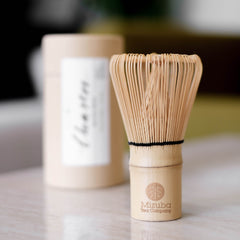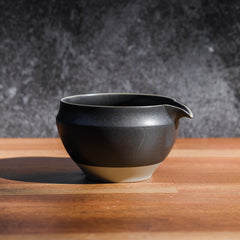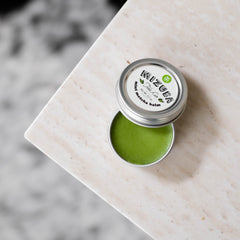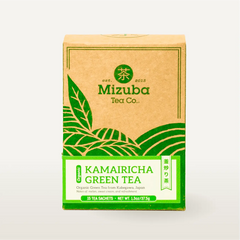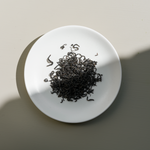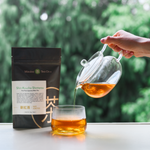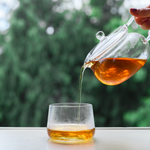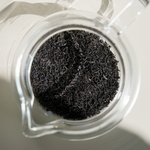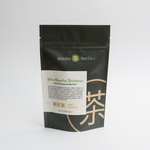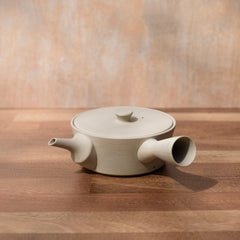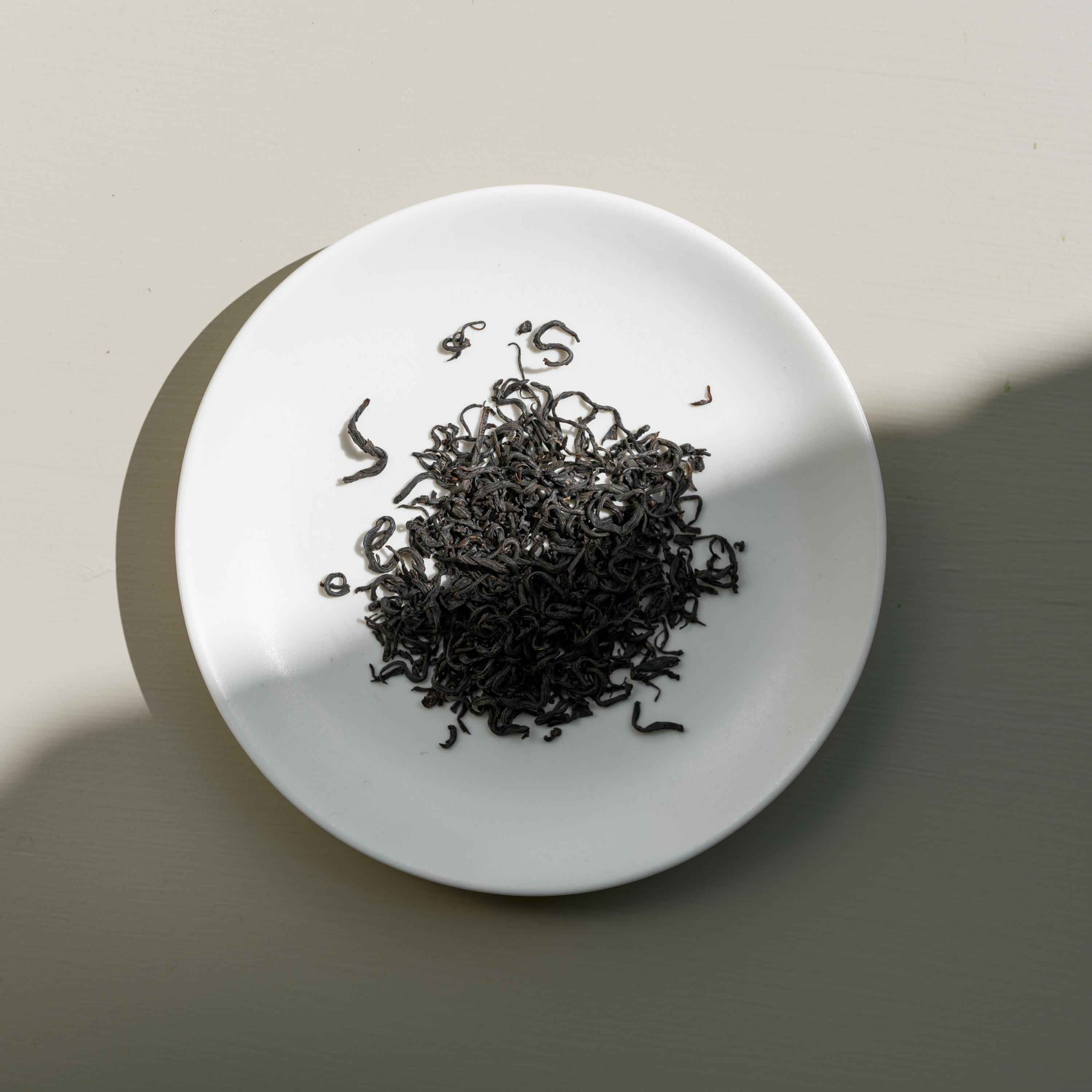

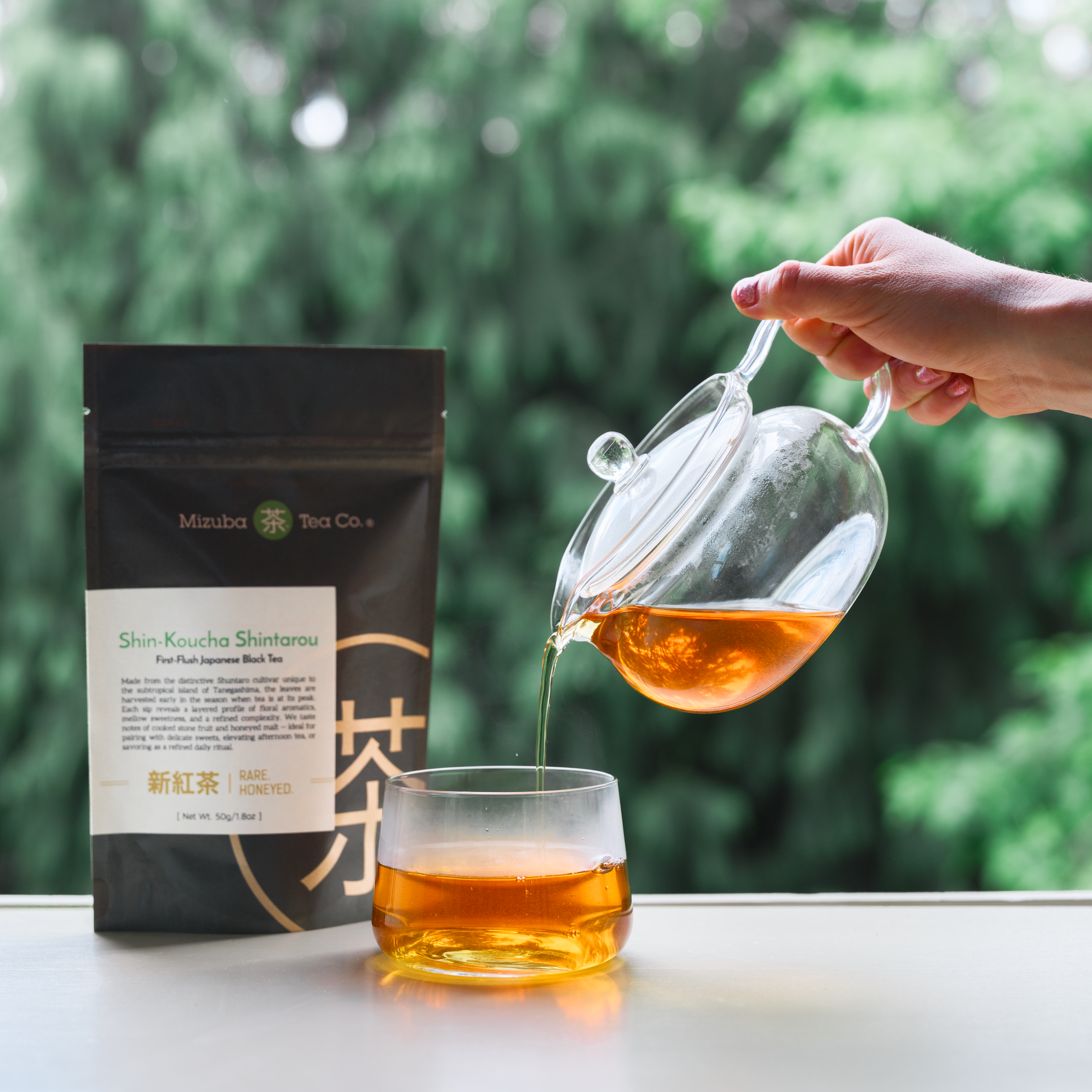
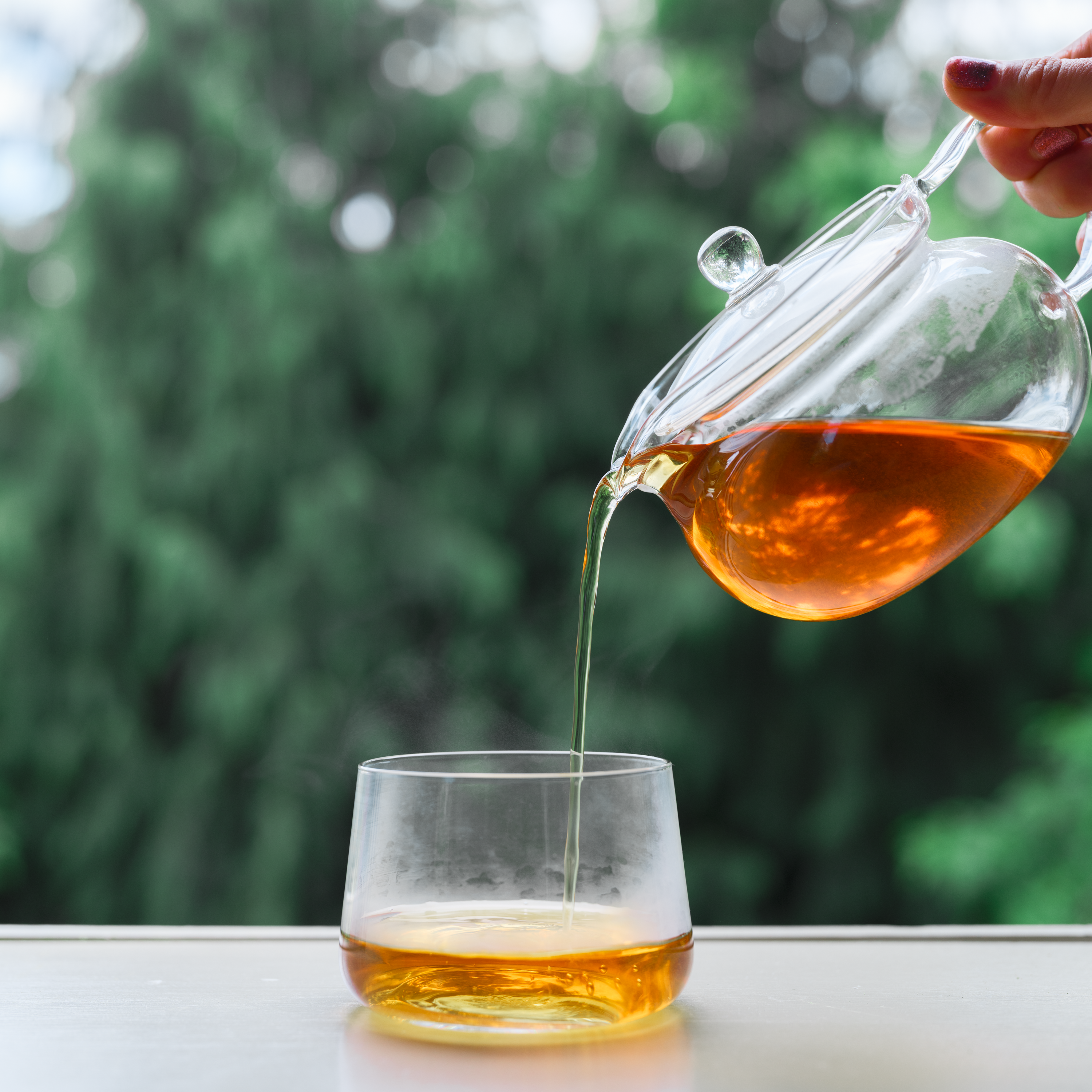
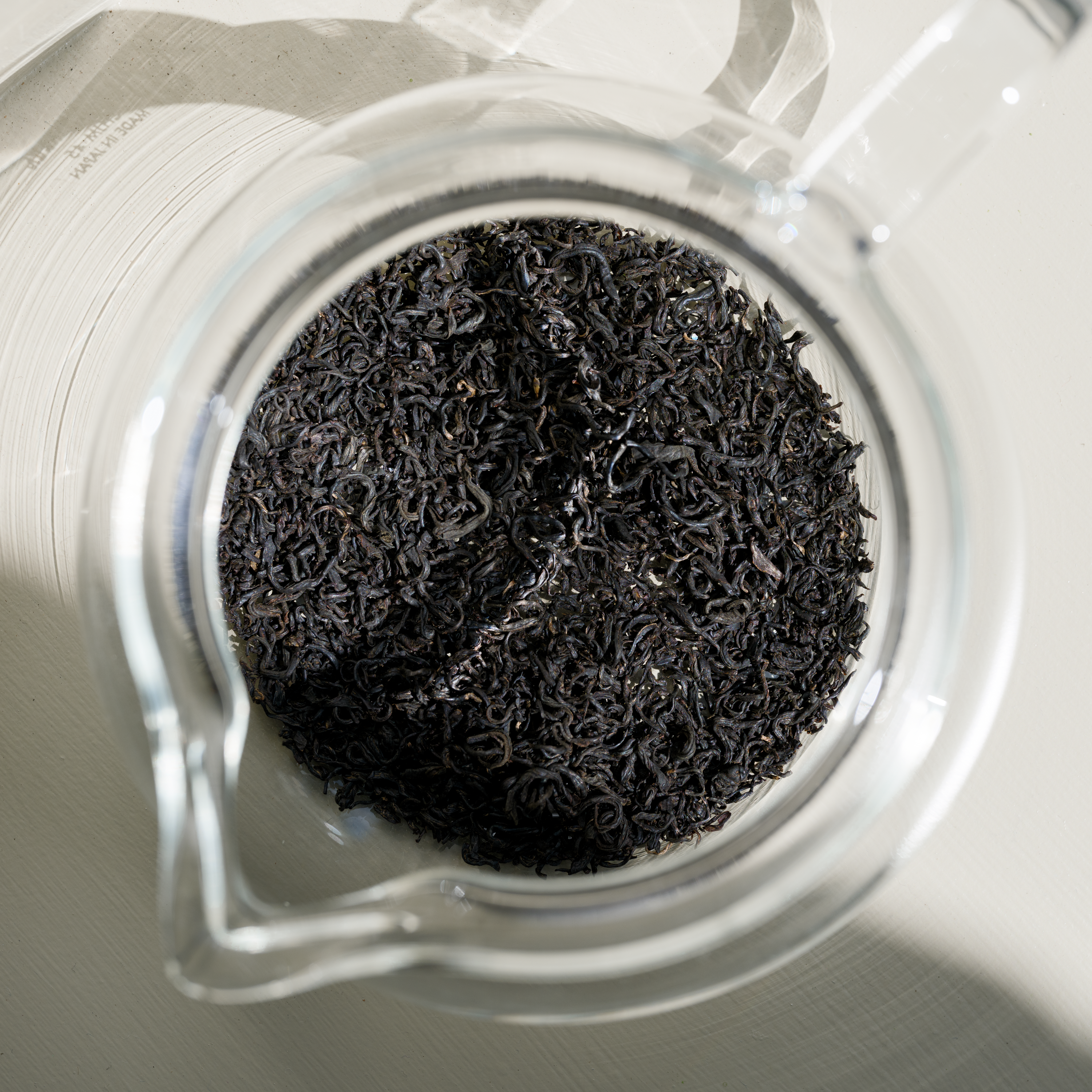
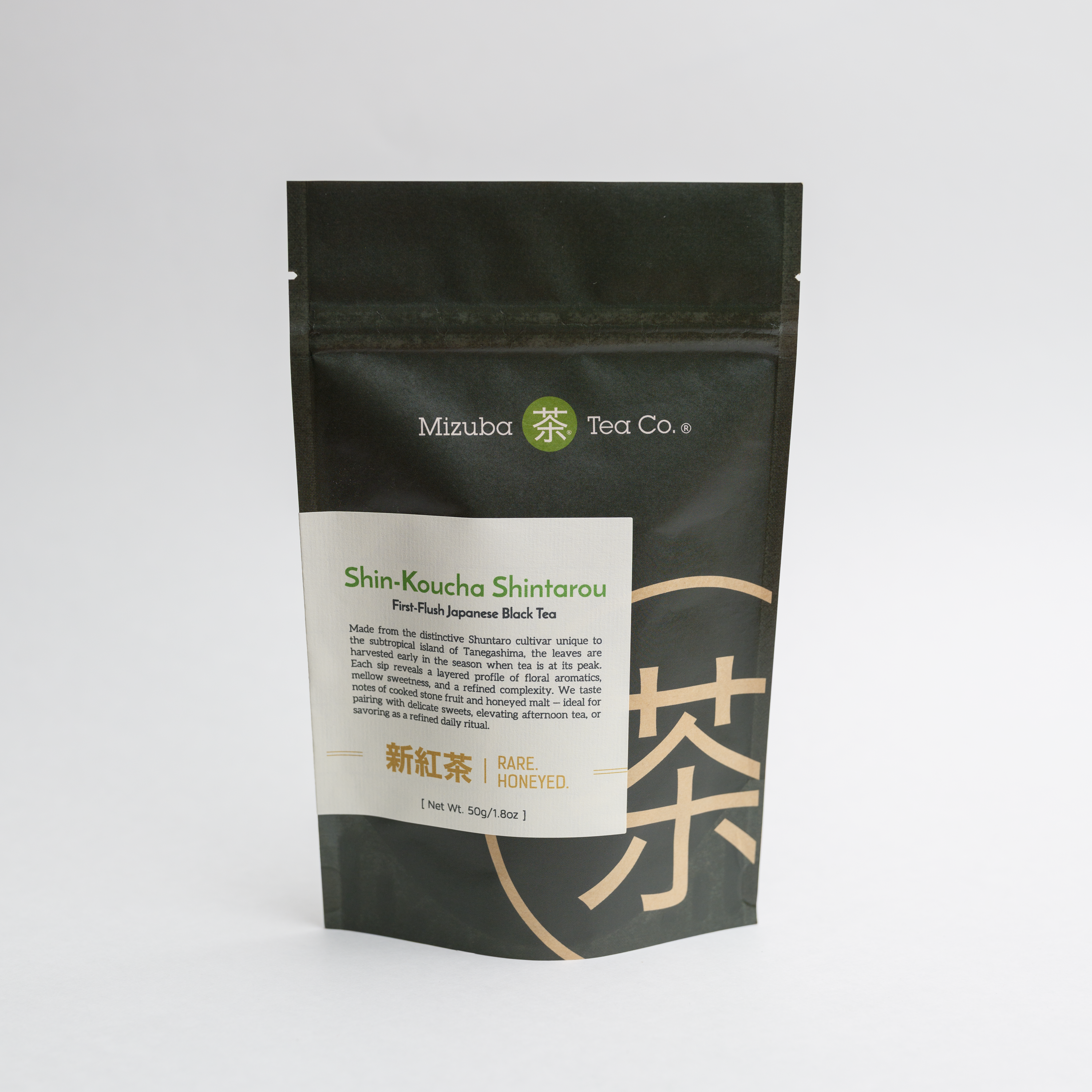
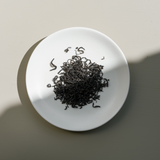

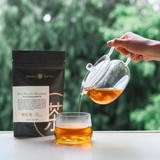
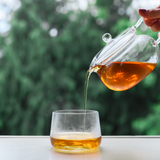
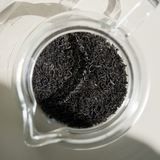
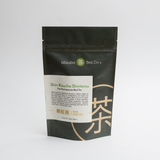
Shin-Koucha Shuntarou
- Description
- Tasting Notes
2025 harvest is here! We are proud to release this year's shincha, the freshest tea you can taste – but this offering is a twist! Shin-koucha refers to "new black tea" and our friends on Tanegashima Island have mastered harnessing shincha's lively flavors into a smooth, honeyed brew. There's nothing else like Japan's unique take on black tea (wakoucha). This tea is *highly* limited – act fast on this can't miss cup.
Aroma: warm baking spices. This tea would pair excellently with cinnamon cookies.
Flavor profile: A perfect sip of deeply smooth, honey-like, and toffee tones. The flavor will linger on your palate for a long finish.
Store in a cool, dark location. Best consumed within 3 months.
Shin-Koucha Shuntarou
Brew Guide

180ml (6oz)

7g

175ºF

2 minutes
About the tea:
What is Shincha? 新茶
Shincha is the first flush, or brand new growth of young tea leaves after winter.
Seeing all plants awaken after the cold months is often felt as a renewed celebration of life and its abundance – and seeing new tea sprouts emerge is no exception to bringing about celebratory feelings! People in Japan highly anticipate the tea's fresh and invigorating flavor.
May 2nd is commonly recognized as the first day of harvest. Of course, this date differs for each particular tea-producing region and climate of the year. The Southern region has a warmer climate and therefore producers there may already start harvesting in late April, whereas the colder regions and tea manufacturers located higher up in the mountains may not start until perhaps mid-May. But traditionally, May 2nd is termed 'hachiju-hachiya,' or the 88th evening after the advent of spring, and points to the most ideal timing to harvest tea (especially tea intended for matcha) in the Uji, Kyoto area.
During winter the tea bushes, hibernate. The bush doesn't seem active on the surface, but it is indeed very active beneath the soil. The tea plant’s roots work hard to gather nourishment to make natural sugars and starch. The plant does this to prevent the roots from freezing during the cold winter. Consequently, when winter is long and especially cold, the bush has to work harder to gather more nutrients in its roots.
For this reason, regions with harsh, cold winters are preferred for tea manufacturing. The reserves of nutrients accumulated over winter imbue the tea with its nourishing and delicious appeal. When the tea bush awakens from its hibernation, the starch, sugars, and nourishment it has gathered in its roots are transferred to the branches to feed the new young buds. The amount of nourishment the young buds receive is highest in the Spring because the bush has had several months to accumulate beneficial nutrients. It is for this reason that people in Japan look forward to the first harvest each year and it is also why many premium quality tea manufacturers decide to only harvest once a year in spring. All those nutrients translate to excellent flavor in tea!
- Related products
- Recently viewed
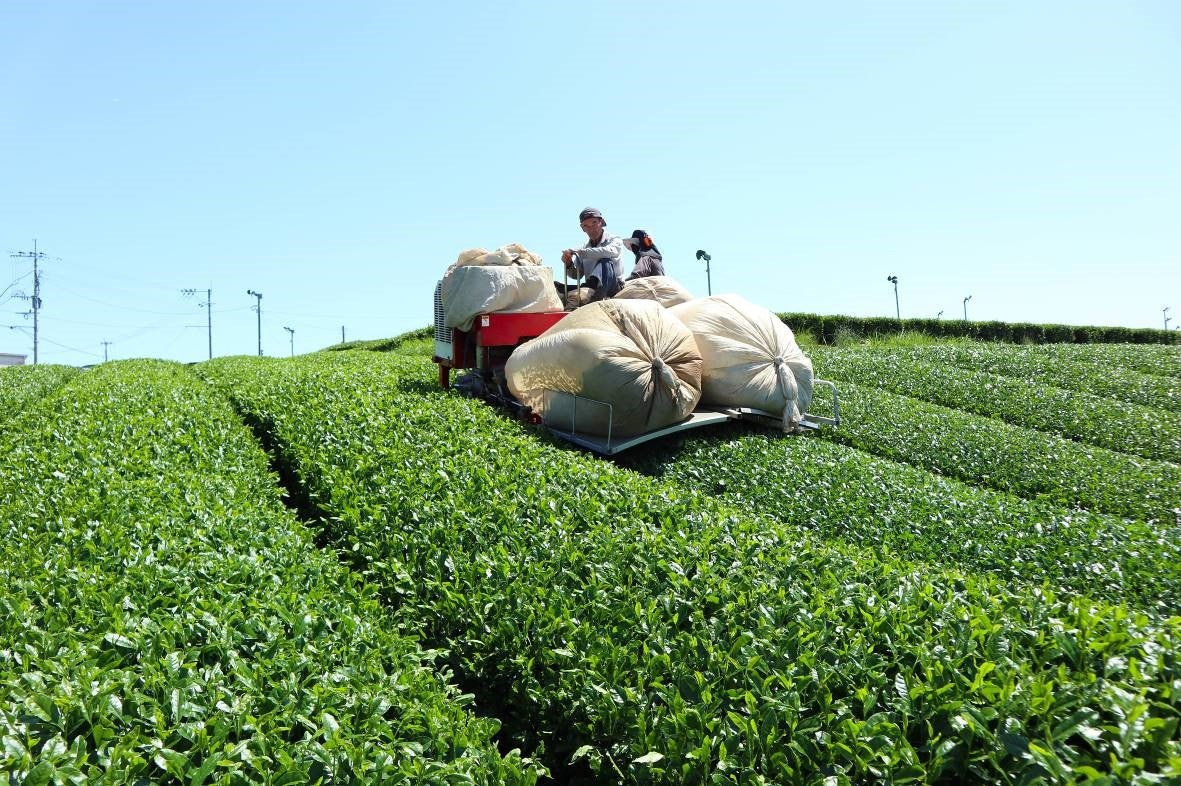
Featured post
A Guide to Harvesting Tea Leaves: An Essential Process in Japanese Green Tea
As with all processes in crafting Japanese green tea, harvesting tea leaves is an intricate skill that takes years to master. Much of the year is dedicated to the elaborate...


